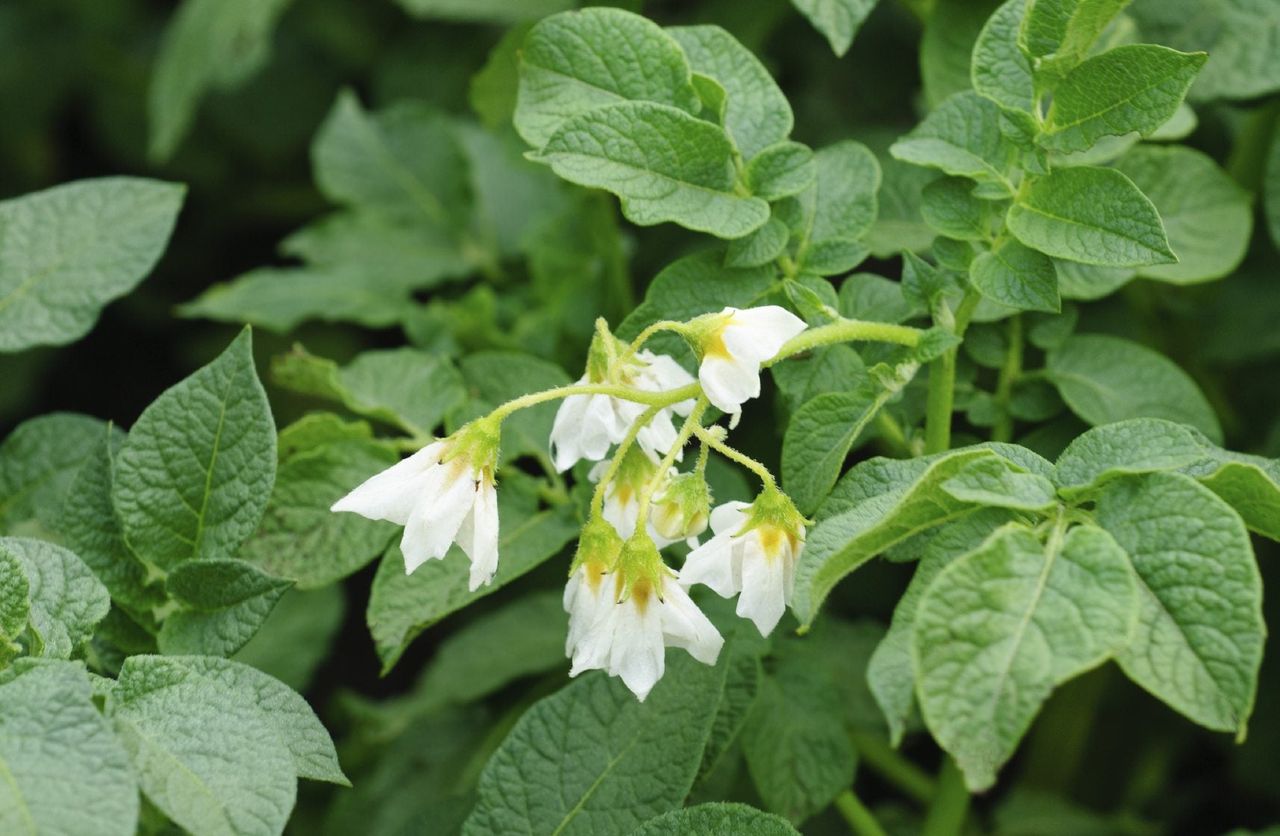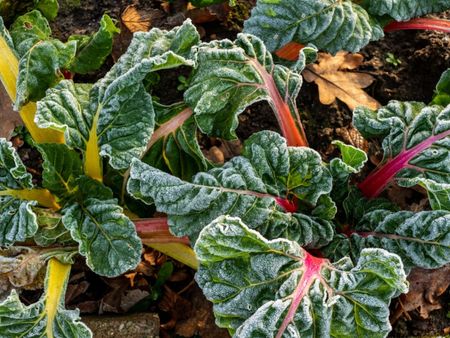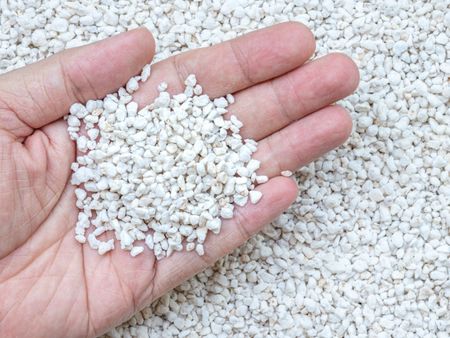Solanum Plant Family: Information About Solanum Genus

The Solanum family of plants is a large genus under the family umbrella of Solanaceae that includes up to 2,000 species, ranging from food crops, such as the potato and the tomato, to various ornamentals and medicinal species. The following entails interesting information about the Solanum genus and types of Solanum plants.
Information about Solanum Genus
The Solanum plant family is a diverse group containing both annuals to perennials with everything from vine, subshrub, shrub, and even small tree habits.
The first mention of its generic name comes from Pliny the Elder at the mention of a plant known as ‘strychnos,’ probably Solanum nigrum. The root word for ‘strychnos’ may have come from the Latin word for sun (sol) or possibly from ‘solare’ (meaning “to soothe”) or ‘solamen’ (meaning “comfort”). The latter definition refers to the soothing effect of the plant upon ingestion.
In either case, the genus was established by Carl Linnaeus in 1753. Subdivisions have long been disputed with the most recent inclusion of the genera Lycopersicon (tomato) and Cyphomandra into the Solanum plant family as subgenera.
Solanum Family of Plants
Nightshade (Solanum dulcamara), also called bittersweet or woody nightshade as well as S. nigrum, or black nightshade, are members of this genus. Both contain solanine, a toxic alkaloid that, when ingested in large doses, can cause convulsions and even death. Interestingly, the deadly belladonna nightshade (Atropa belladonna) is not in the Solanum genus but is a member of the Solanaceae family.
Other plants within the Solanum genus also contain solanine but are regularly consumed by humans. Potatoes are a prime example. The solanine is most concentrated in the foliage and the green tubers; once the potato is mature, solanine levels are low and safe to consume as long as it is cooked.
Tomato and eggplant are also important food crops that have been cultivated for centuries. They, too, contain toxic alkaloids, but are safe for consumption once they are fully ripe. In fact, many of the food crops of this genus contain this alkaloid. These include:
Gardening tips, videos, info and more delivered right to your inbox!
Sign up for the Gardening Know How newsletter today and receive a free copy of our e-book "How to Grow Delicious Tomatoes".
- Ethiopian eggplants
- Gilo
- Naranjilla or lulo
- Turkey berry
- Pepino
- Tamarillo
- “Bush tomato” (found in Australia)
Solanum Plant Family Ornamentals
There is a plethora of ornamentals included in this genus. Some of the most familiar are:
- Kangaroo apple (S. aviculare)
- False Jerusalem cherry (S. capsicastrum)
- Chilean potato tree (S. crispum)
- Potato vine (S. laxum)
- Christmas cherry (S. pseudocapsicum)
- Blue potato bush (S. rantonetii)
- Italian jasmine or St. Vincent lilac (S. seaforthianum)
- Paradise flower (S. wendlanandii)
There are also a number of Solanum plants used primarily in the past by native people or in folk medicine. Giant devil’s fig is being studied for treatment of seborrhoeic dermatitis, and in the future, who knows what medical uses may be found for Solanum plants. For the most part though, Solanum medical information primarily concerns poisonings which, while rare, can be fatal.

Amy Grant has been gardening for 30 years and writing for 15. A professional chef and caterer, Amy's area of expertise is culinary gardening.
-
 Best Tomatoes For Containers: 10 Tastiest Varieties For Plentiful Produce In Compact Areas
Best Tomatoes For Containers: 10 Tastiest Varieties For Plentiful Produce In Compact AreasThese are the best tomatoes for containers that prove you don't need to have a large space or elaborate garden to grow delicious produce.
By Bonnie L. Grant
-
 Ultimate Potted Flowers For Spring: 8 Brilliant Blooming Options for Spring Containers
Ultimate Potted Flowers For Spring: 8 Brilliant Blooming Options for Spring ContainersCelebrate the most uplifting of seasons with the most dazzling container flowers imaginable. Here, we present some of the loveliest potted flowers for spring…
By Tonya Barnett
-
 How Many Vegetables To Plant Per Person For A Year
How Many Vegetables To Plant Per Person For A YearGauging how much to plant in a vegetable garden can eliminate waste while still producing enough for your family. Click for more.
By Bonnie L. Grant
-
 13 Perennial Fruits And Vegetables You Only Have To Plant Once
13 Perennial Fruits And Vegetables You Only Have To Plant OnceLooking to set it and forget it? Find out which fruits and vegetables can be grown as perennials.
By Laura Miller
-
 11 Edible Plants For A Year-Round Garden In A Bucket
11 Edible Plants For A Year-Round Garden In A BucketWant to know how to grow food inside your house and which foods do best indoors? Click here to learn all about it.
By Bonnie L. Grant
-
 Frost Tolerance Of Vegetables From Least To Most Hardy
Frost Tolerance Of Vegetables From Least To Most HardyHow cold can vegetables tolerate? Knowing which veggies will survive frosts and freezes is essential for the success of your garden. Click here for more.
By Laura Miller
-
 Best Vegetables To Pickle Straight From The Garden
Best Vegetables To Pickle Straight From The GardenPickles aren’t limited to just cucumbers. Read on for tips on pickling your fresh veggies.
By Amy Grant
-
 Benefits Of Planting In Fall Vs. Spring Vegetable Plots
Benefits Of Planting In Fall Vs. Spring Vegetable PlotsLearn why some vegetables do better if you plant them in fall instead of spring.
By Laura Miller
-
 Interplanting Vegetables In The Fall Garden
Interplanting Vegetables In The Fall GardenLearn all about the benefits of interplanting vegetables for your fall garden.
By Laura Miller
-
 Best Vegetables For Growing In Perlite
Best Vegetables For Growing In PerlitePerlite is a natural growing medium that comes from super-heated volcanic glass. In some cases, it works better than soil. Read on for more info.
By Laura Miller
